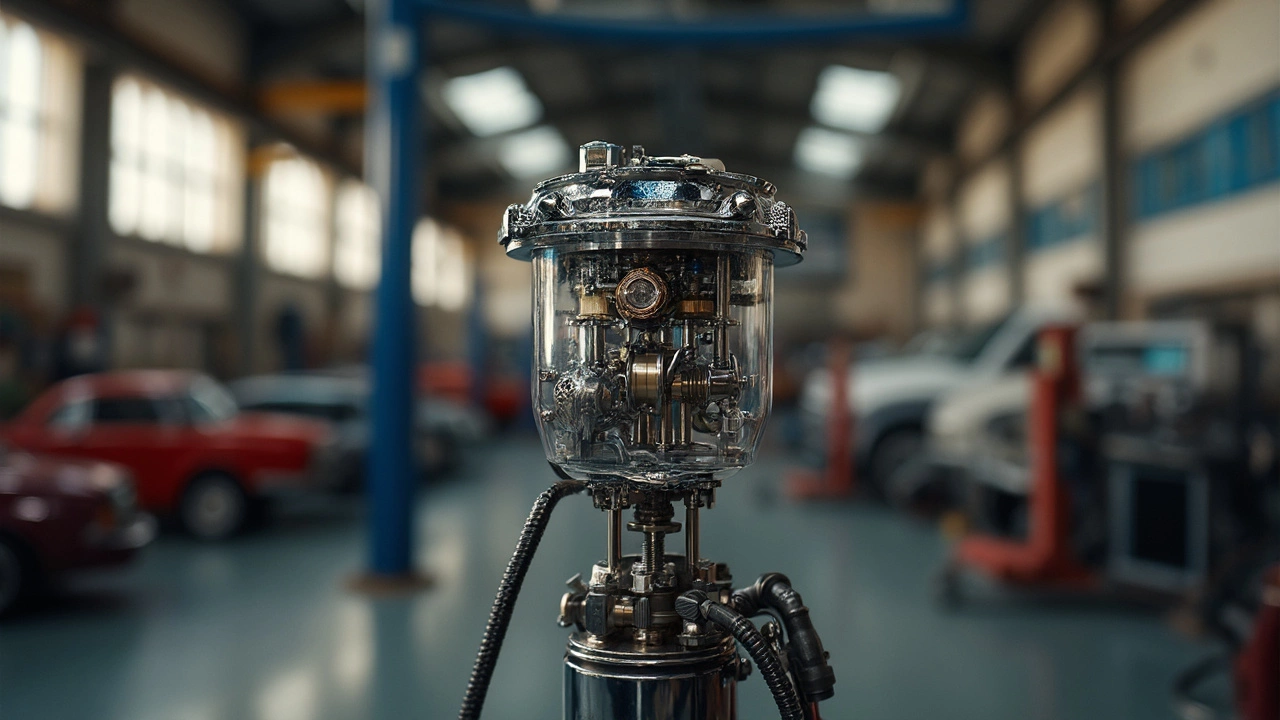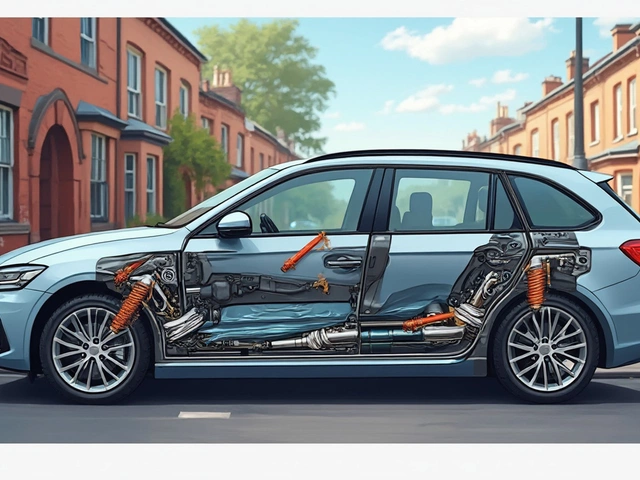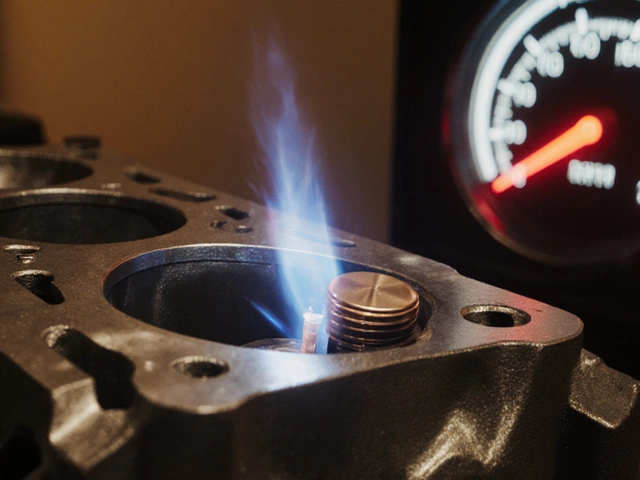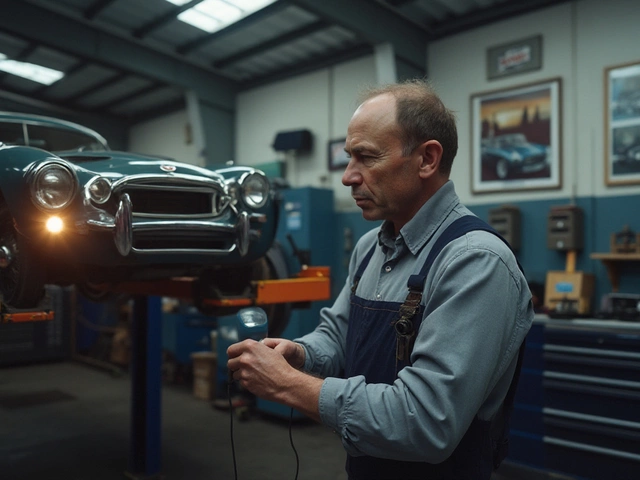Vehicle Issues: Spotting and Solving Common Car Problems
Got a weird sound, a shaky ride, or a warning light you don’t recognize? You’re not alone. Most drivers face at least one annoying car problem each year. The good news? You don’t need a mechanic for every hiccup. With a bit of know‑how, you can identify the issue, decide if it’s DIY‑friendly, and keep your car safe on the road.
Brake and Pad Problems
When you hear a squeal or feel the pedal sink lower than usual, it’s time to check your brakes. Rear brake pads often wear out faster on heavier vehicles, but swapping just the front pads can leave the rear uneven and risky. The safest move is to replace both sides together, or at least inspect the rear pads for wear. If the brake pedal feels spongy, air might be in the line – a quick bleed could solve it.
Suspension and Shock Woes
A bent or damaged suspension isn’t something you should ignore. Driving on a warped frame or broken shock reduces handling and can wear other components faster. Look for uneven tire wear, a pulling sensation when you steer, or a clunking noise over bumps. Small fixes like tightening loose bolts might help, but major bends usually need professional repair – especially if you notice the car leaning to one side.
Clutches and transmissions also cause a lot of confusion. If you notice a burning smell, slipping gears, or a hard shift, the clutch is probably the culprit. A burnt clutch can still move the car, but it’s unsafe to push it far. Replace the clutch before it fails completely – it saves you from a costly transmission repair later.
Fuel system glitches, like a failing fuel pump or clogged injector, often show up as hard starts or hesitation under load. You can test a pump’s pressure with a gauge or listen for a humming sound when the key is turned. If the engine stutters after a few minutes, a clogged injector might be starving it of fuel. Cleaning or replacing the injector usually solves the problem.
Don’t forget the basics: air filters, spark plugs, and coolant. A cheap air filter can let dust in, shortening engine life, while a premium filter improves airflow and can boost fuel efficiency a bit. Spark plugs that are fouled or worn cause misfires, rough idling, and reduced power. Swap them out every 30,000 – 50,000 miles for a smoother ride.
Finally, keep an eye on the little things that affect safety, like windshield wipers and rear lights. Removing a rear wiper might look tidy, but it’s illegal in the UK and can fail an MOT. Same with any modifications that interfere with visibility – they can cost you more than a simple part replacement.
Whenever you’re unsure, swing by Northwich Tyres Centre. We can check your brakes, suspension, and any other issue you’re wrestling with. Our team offers quick diagnostics, honest advice, and competitive pricing so you can get back on the road without breaking the bank.
Remember, catching problems early is cheaper than waiting for a full breakdown. Listen to your car, run the simple checks we’ve listed, and don’t hesitate to get professional help when needed. Stay safe, keep your vehicle in shape, and enjoy a smoother drive every day.
 1 March 2025
1 March 2025
Signs Your Fuel Pump is Failing: What to Watch For
Ever wondered how your vehicle behaves when the fuel pump starts to fail? It's crucial to recognize the signs before you find yourself stranded. This article delves into the common indicators of a failing fuel pump, offering practical advice and tips on what to look for. Stay ahead of potential engine troubles by understanding these symptoms, helping you ensure a smoother ride and prevent unexpected breakdowns.
 7 February 2025
7 February 2025
Will a Bad Fuel Pump Still Come On?
A fuel pump is like your car’s heart—when it’s not working right, you're going nowhere fast. Understanding if a bad fuel pump can even turn on is key to diagnosing vehicle troubles. This article dives into how fuel pumps function, symptoms of a failing pump, and what you can do to address issues before you're left stranded. Learn about the signs of failure, testing methods, and preventive measures to keep your vehicle running smoothly.






0